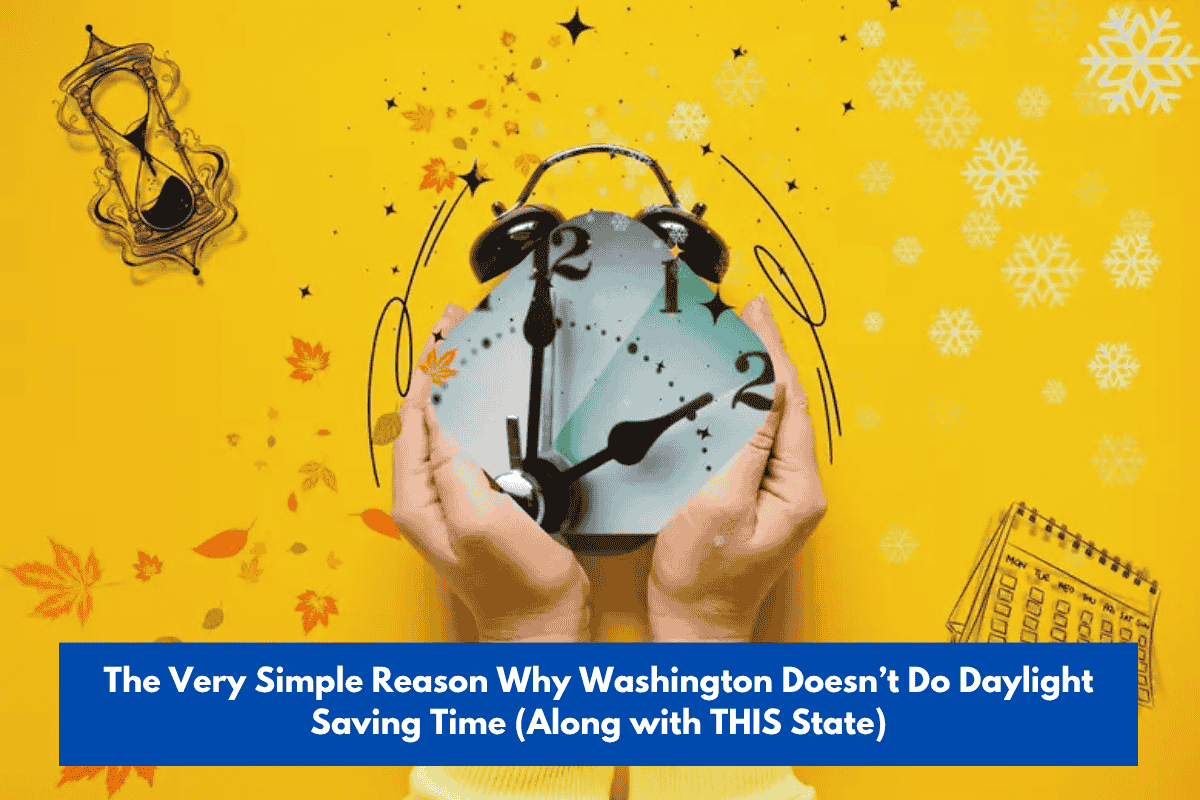On Friday, a federal appellate court refused to delay a judge’s order demanding the Trump administration begin reinstating National Institutes of Health (NIH) research grants that were cut earlier this year. The ruling states that there is “no obvious error” in the lower court’s decision, which accused the government of arbitrary and unjust decision-making.
Court Decision and Background
The decision comes after a unanimous ruling by the U.S. Court of Appeals for the First Circuit, which rejected a motion from the Trump administration to stay a final order issued by U.S. District Judge William Young on July 2. Judge Young, appointed by Ronald Reagan, declared that the Trump administration acted “unlawfully” and hastily in cutting the grants, arguing that these actions disrupted NIH funding in violation of the Administrative Procedure Act (APA).
The First Circuit found that the plaintiffs, a coalition of public health organizations, presented clear evidence showing that halting the grants would cause harm to public health and scientific progress. The court also pointed out that the government had failed to address the substantial harms outlined by the plaintiffs, including setbacks in life-saving research.
Key Findings of the Appeals Court
The First Circuit emphasized that the government’s actions, which resulted in the termination of hundreds of NIH grants, were “unreasonable.” The court also noted that the Trump administration had not refuted the plaintiffs’ concerns about the damage that could result from a delay in restoring the grants. The court was particularly concerned about the impact on urgent public health issues and scientific research.
Judge Young, in his July 2 ruling, described how the Department of Government Efficiency (DOGE) pushed through the NIH grant cancellations quickly, within minutes of receiving requests. He criticized the government for not providing a reasoned explanation for its actions, stating that the cancellations lacked any meaningful justification and ignored important public interests.
The Government’s Defense
The Trump administration argued that NIH had reviewed its grants and canceled those that no longer aligned with the agency’s priorities. However, the court found that this claim was unsupported by evidence and that the government had not shown that the grant terminations were made for valid reasons.
The court also pointed out that the NIH did not clearly define which research areas were subject to cuts, giving the government excessive power to terminate grants without a proper explanation.
Broader Context and Controversy
Earlier this year, President Donald Trump targeted NIH funding through executive orders aimed at eliminating diversity, equity, and inclusion (DEI) programs, as well as challenging what he referred to as “gender ideology.” These actions were met with resistance from various public health and advocacy groups, leading to the legal battle.
In his ruling, Judge Young went beyond legal analysis and criticized the administration for what he viewed as racial discrimination and discrimination against LGBTQ+ communities. He expressed his concerns about the negative effects of these policy changes, which had been implemented without adequate justification or consideration for their broader impacts.
The appellate court’s decision reinforces the lower court’s findings, ruling that the government had not shown sufficient grounds to justify delaying the restoration of the NIH grants. The decision highlights the importance of reasoned decision-making and adherence to legal standards when making changes that affect public health and scientific research.
These rulings reflect the ongoing legal and political debate surrounding the Trump administration’s policies and their impact on public health initiatives. The case continues to evolve, with significant implications for both the future of NIH funding and the broader policy landscape.














